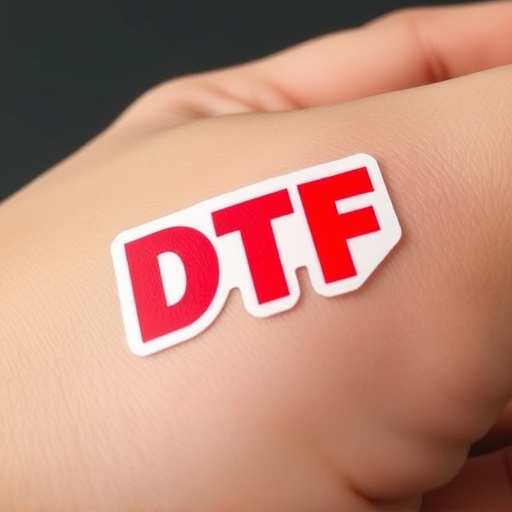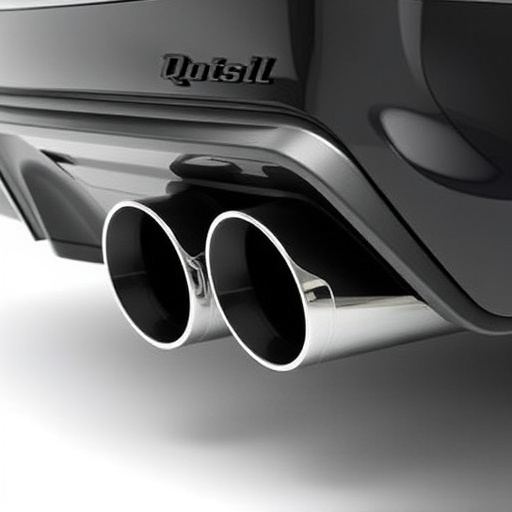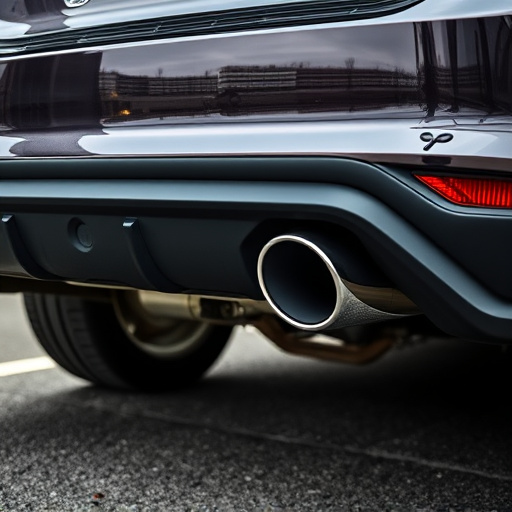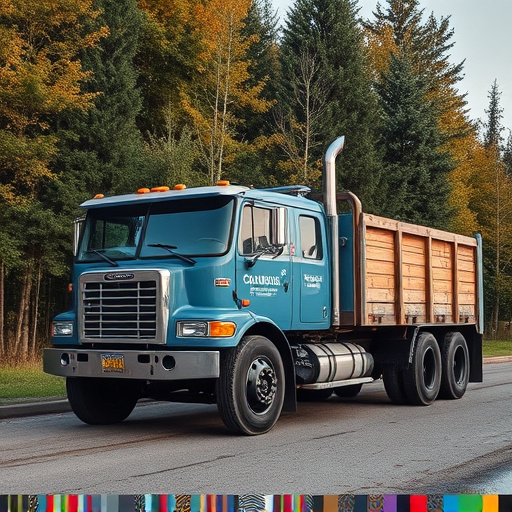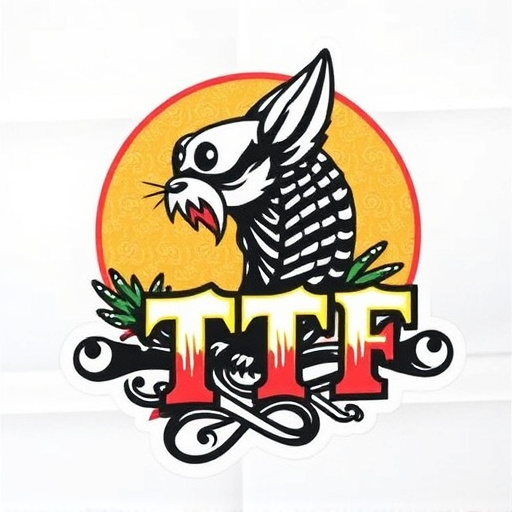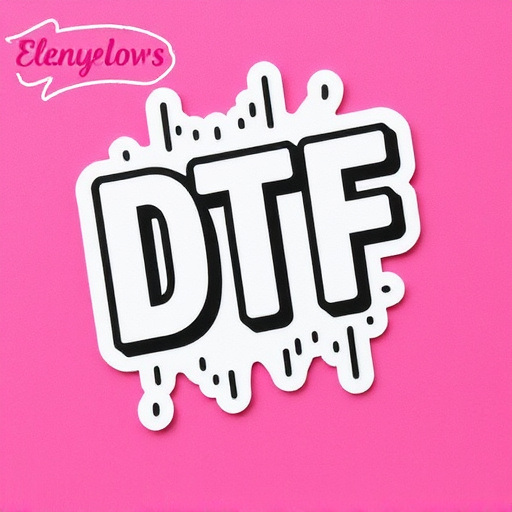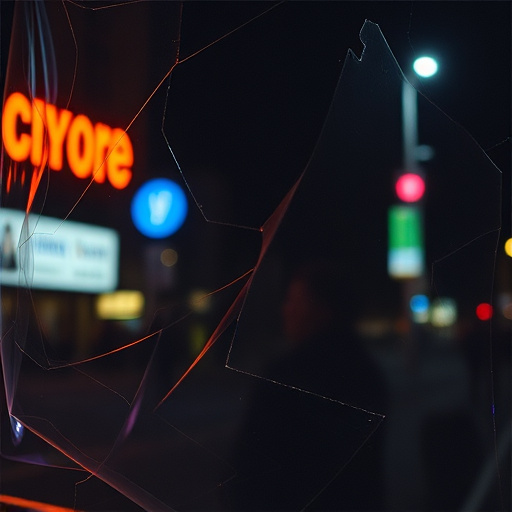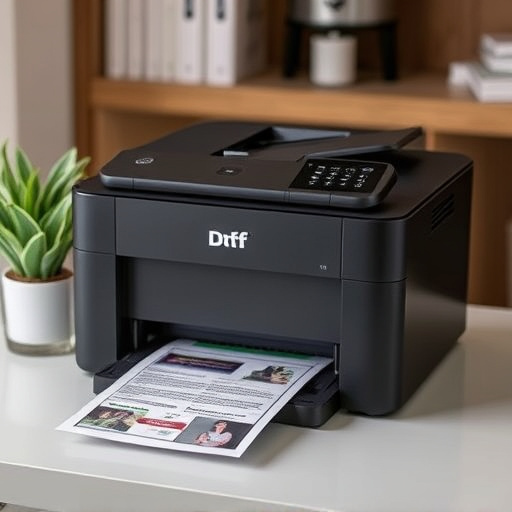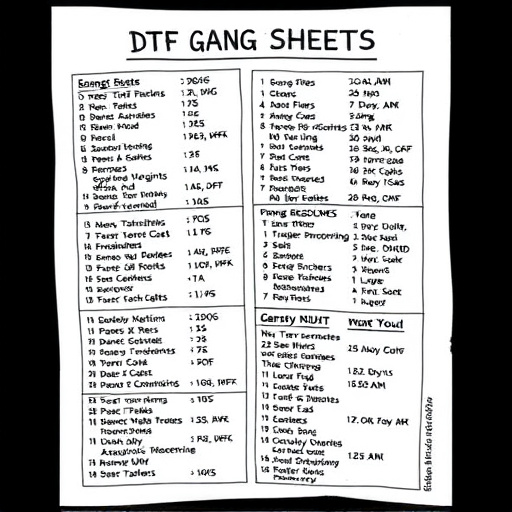DTF (Direct to Film) Transfers revolutionize printing with rapid production of high-quality prints, but selecting the right film type is crucial. Consider intended use (signage, art, clothing), print quality (high resolution, color accuracy), and compatibility with equipment and inks. Avoid common pitfalls like incompatible film types for optimal results; opt for films that simplify workflow for professional outcomes with DTF Transfers Ready To Press.
“Unleash your creativity with DTF (Direct-to-Film) transfers, a game-changer in printing technology. This innovative process offers vibrant, high-quality results ready for pressing. In this guide, we’ll navigate the world of DTF Transfers, focusing on how to choose the perfect film for your project. From understanding compatible film types to identifying common pitfalls, you’ll discover key factors that ensure optimal outcomes. Maximize your printing potential and elevate your DTF Transfers ready-to-press game.”
- Understanding DTF Transfers and Suitable Film Types
- Key Factors to Consider When Choosing Film for DTF Transfers
- Common Mistakes to Avoid When Selecting Film for Pressing
Understanding DTF Transfers and Suitable Film Types
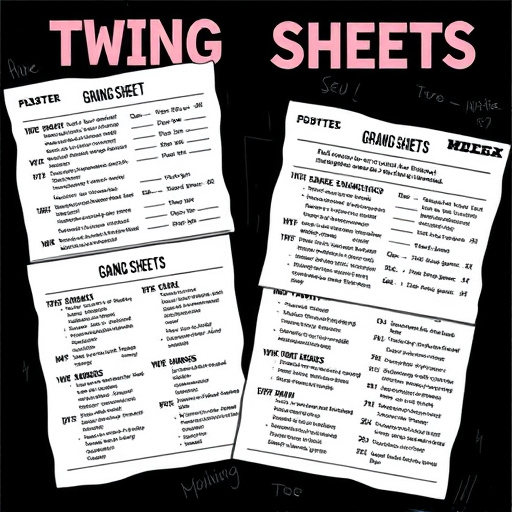
DTF (Direct to Film) Transfers have revolutionized the printing industry by offering a fast and efficient method for producing high-quality prints. This process involves transferring ink directly onto a transparent film, which is then cured using UV light or heat before being pressed onto various surfaces. Understanding the unique properties of different film types is crucial when choosing the right material for DTF Transfers Ready To Press applications.
When selecting films, consider factors like durability and the curing process. Some films are designed to withstand outdoor exposure, making them ideal for signage and advertising. Others offer superior color vibrancy and detail for fine art prints. The dtf durability and cost-effectiveness of these films vary; therefore, it’s essential to balance your project requirements with budget constraints. The dtf curing process also differs based on the film composition, impacting production time and energy costs.
Key Factors to Consider When Choosing Film for DTF Transfers

When choosing film for DTF Transfers Ready to Press, several key factors come into play. Firstly, consider the intended use and application. Different films are suited for specific purposes; whether it’s for clothing, signage, or decorative items, a film designed for that particular application will ensure optimal results. For instance, a film with excellent adherence and durability is essential for clothing prints to withstand washing and wear.
Secondly, print quality is paramount. Look for films that offer high-resolution printing capabilities and precise color accuracy. This ensures your designs translate accurately onto the final product. Custom DTF transfers, in particular, demand superior dtf print quality to meet the demands of modern, detail-oriented design trends. Additionally, when placing custom orders, ensure the film is compatible with your printing equipment and inks for seamless integration into your workflow.
Common Mistakes to Avoid When Selecting Film for Pressing
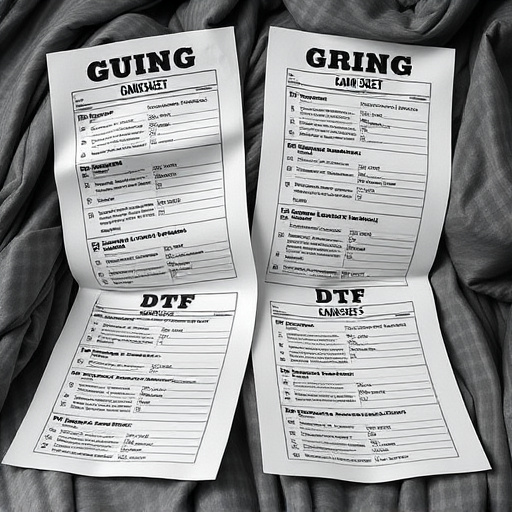
When selecting film for DTF (Direct to Film) transfers, many users fall into common pitfalls that can lead to subpar results or even complete failures. One of the biggest mistakes is choosing the wrong type of film for your specific application. Each project has unique requirements, and using a film not suited for DTF printing can result in poor image quality, color distortion, or premature fading. Always refer to the manufacturer’s guidelines and ensure compatibility with your DTF application instructions.
Another error is neglecting to consider the overall process flow. Using a film that requires extensive preparation or specialized handling might add unnecessary steps to your workflow. Look for DTF transfer films designed to simplify the process, offering easy-to-follow dtf artwork transfers and minimal post-processing needs. By avoiding these common mistakes and carefully selecting a DTF transfer film suitable for your project, you’ll be well on your way to achieving high-quality, professional results with your DTF transfers ready to press.
When selecting film for DTF Transfers Ready To Press applications, understanding both your equipment and desired outcome is paramount. By considering factors like resolution, color accuracy, and longevity, along with avoiding common mistakes like incompatible films or poor quality sources, you’ll ensure optimal results. Remember, the right film choice can elevate your printing experience, so take the time to match it perfectly to your needs.
